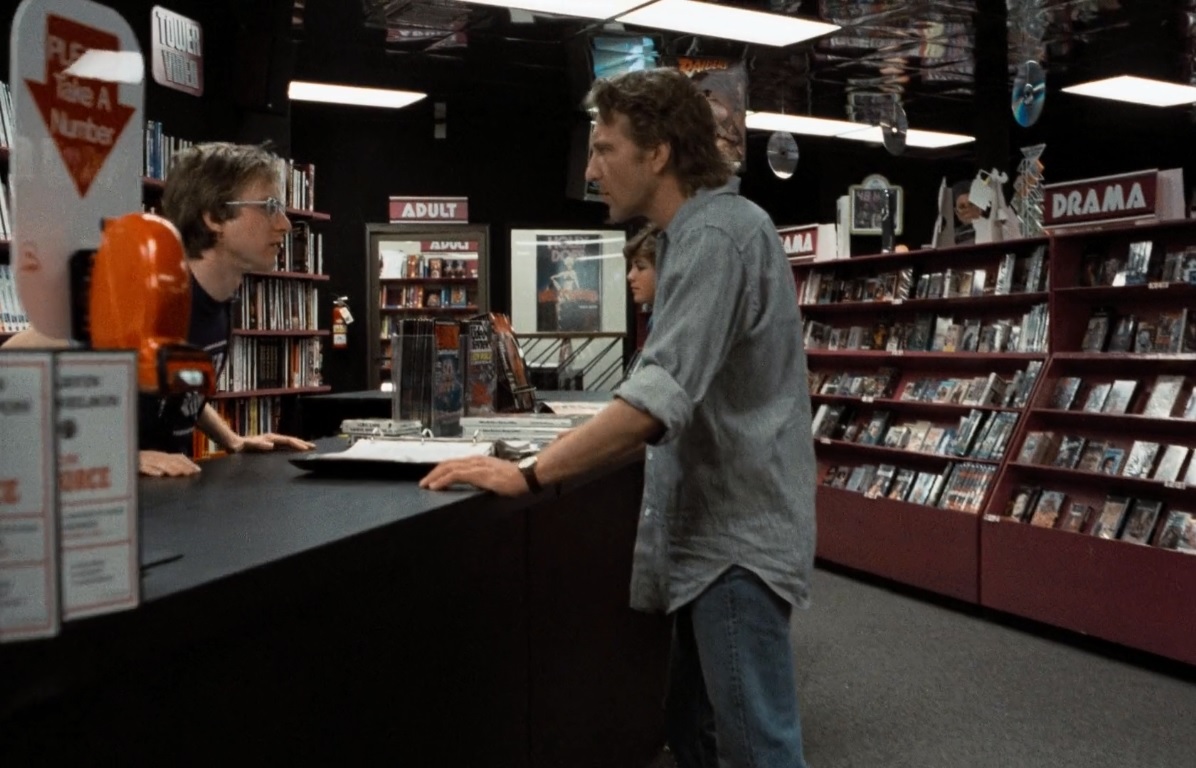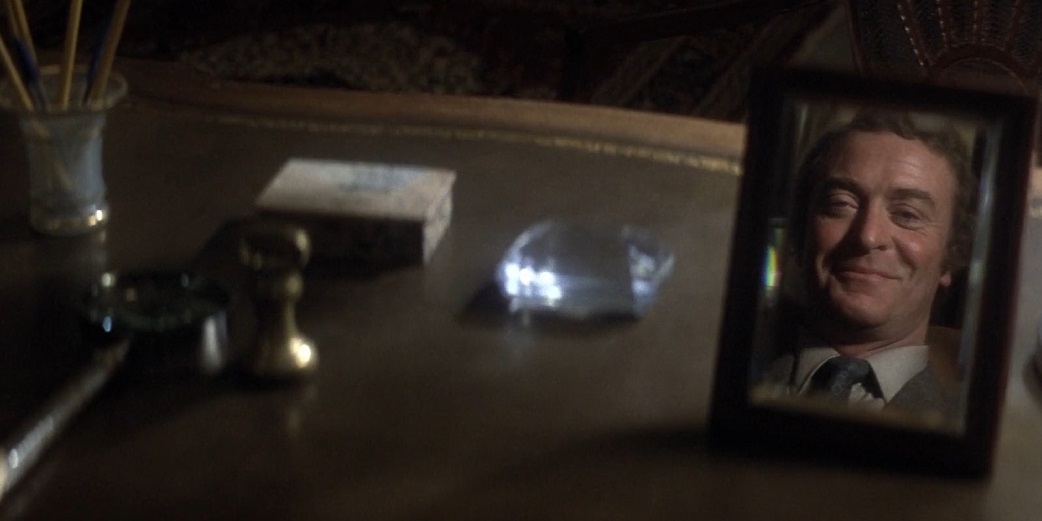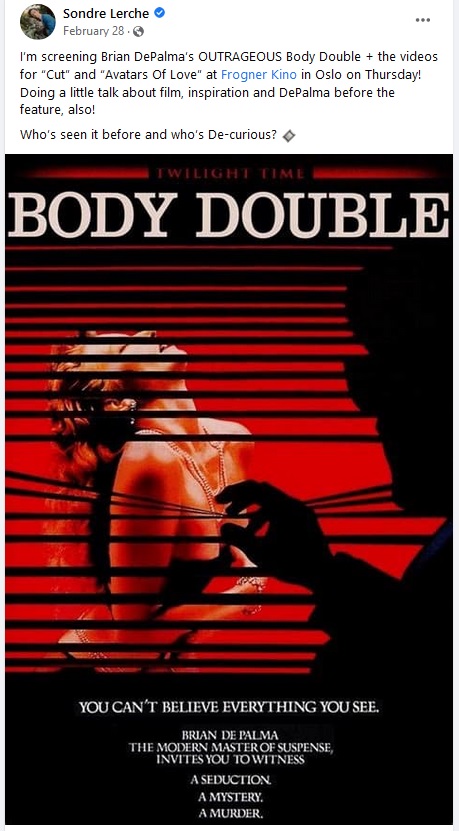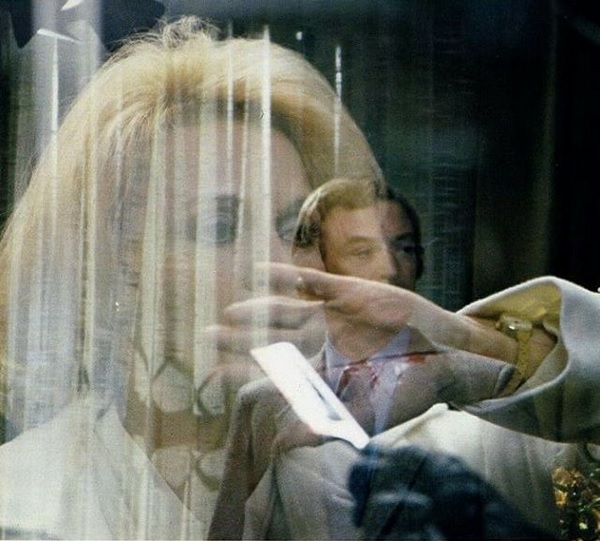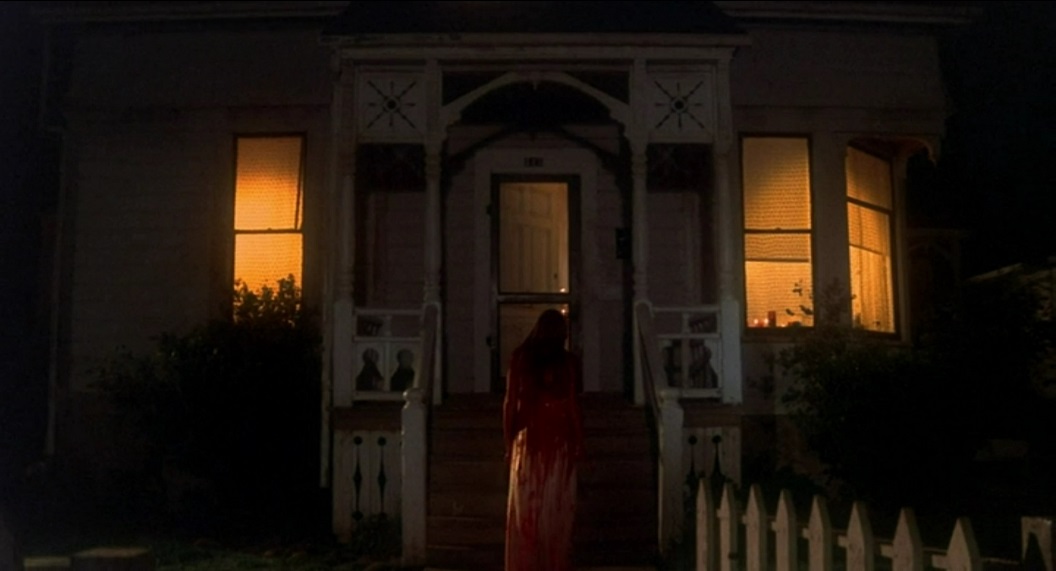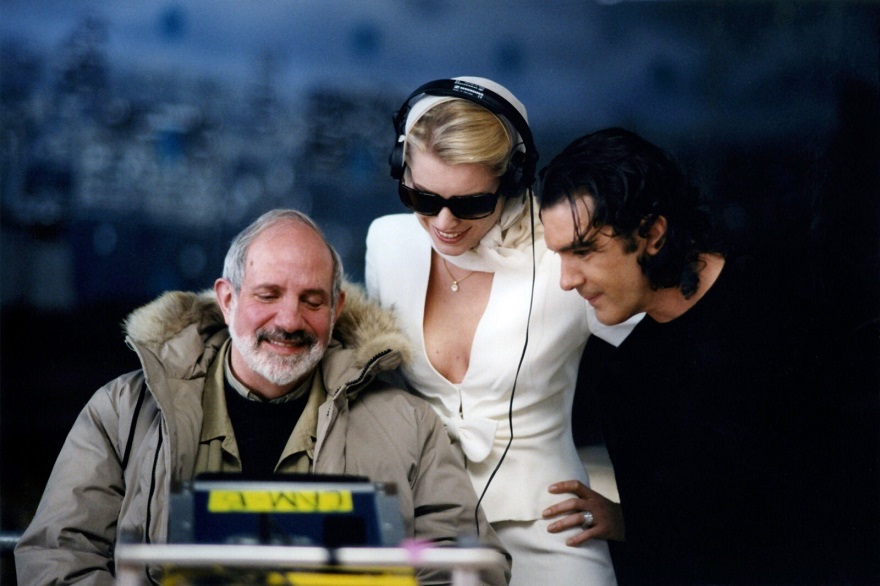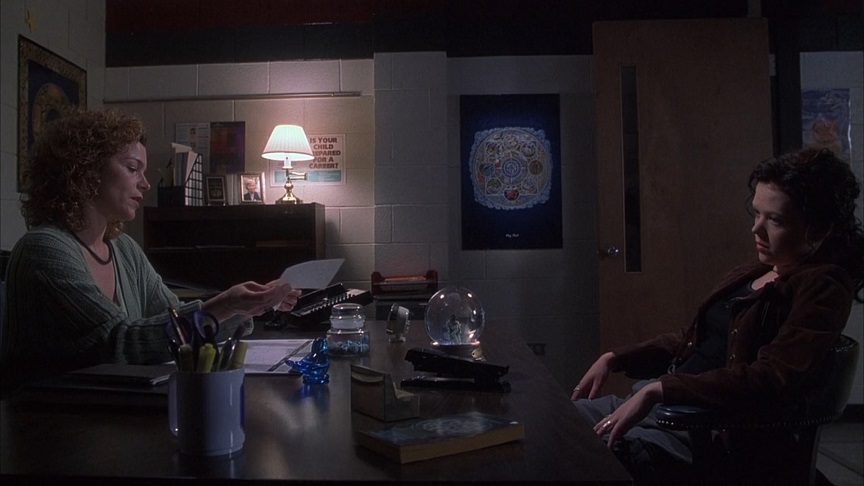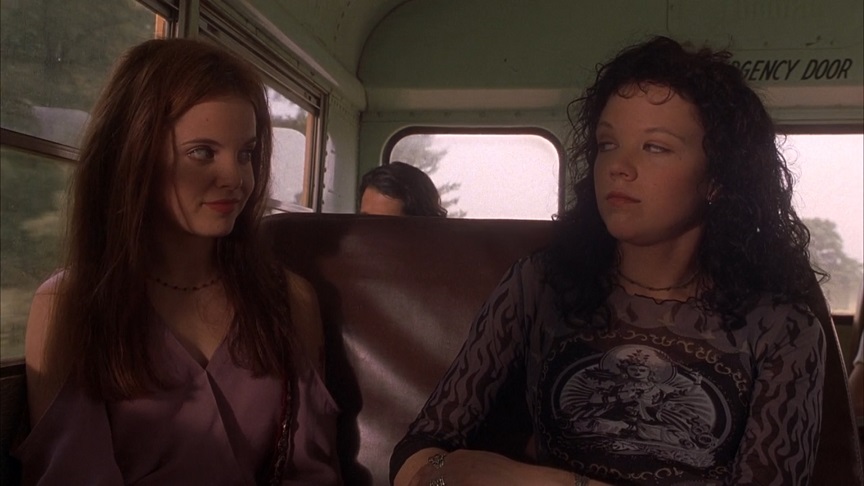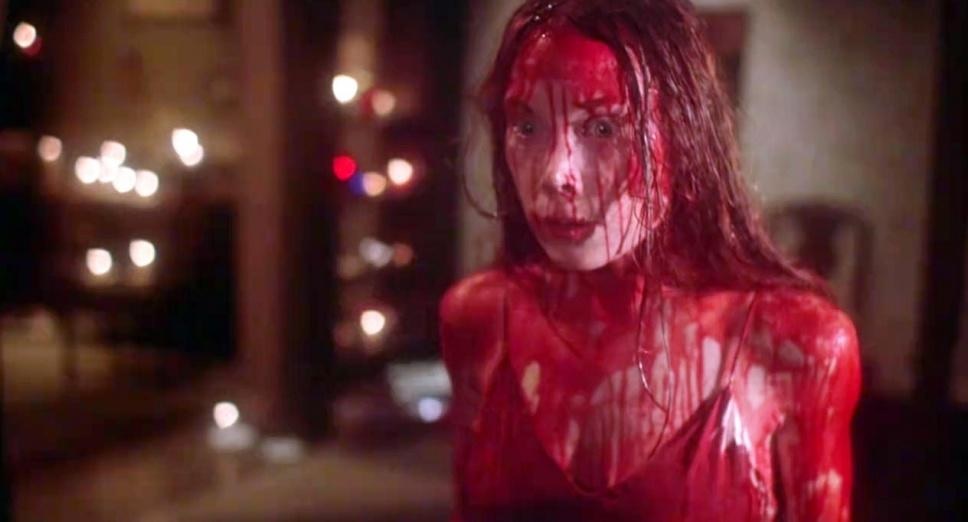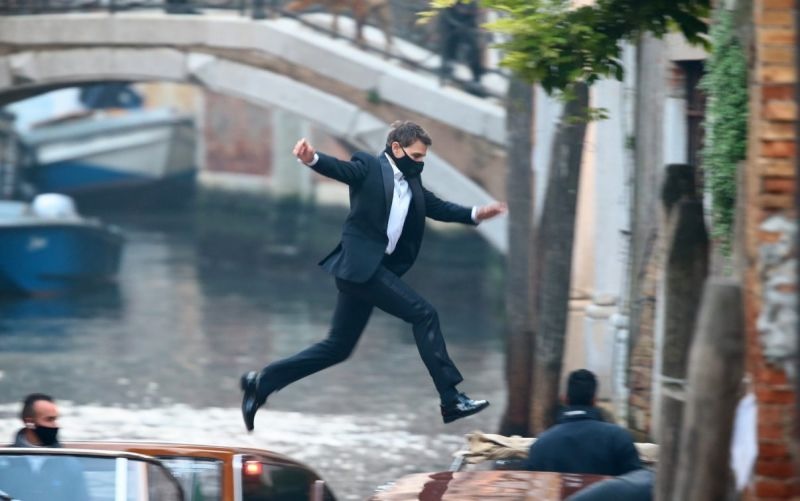FROM THE BOOK: "SOME JAW-DROPPING MOMENTS OF CINEMATIC SHOWMANSHIP"
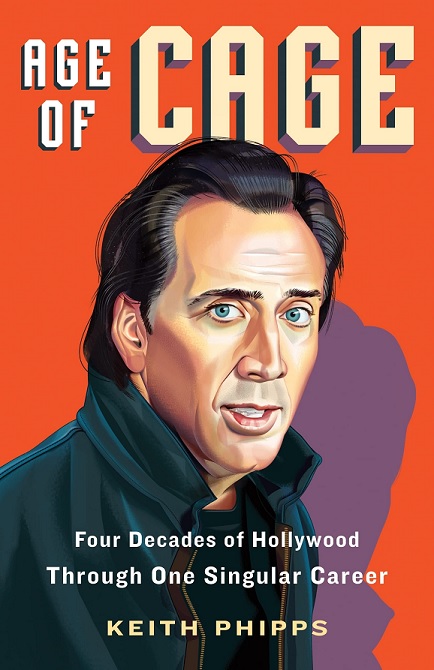
"As someone who’s done a Nicolas Cage deep-dive or two (and written plenty about the performer’s unique and thrilling displays of tragicomic ability), Age of Cage spoke to me from the outset," states Paste Magazine's Jacob Oller in his review of Age of Cage. "Written by longtime A.V. Cluber and Dissolve founder Keith Phipps, this insightful book is perhaps the clearest and most direct record of a generation’s most electric screen presence. It’s a biography of a worker at the top of his field and the field itself, all by way of career analysis—which you have to imagine (given the endless, fun-poking media attention from prestigious outlets, blogs and random GIF-tweeters) is the way that Cage himself would want it. Living up to its subtitle, Four Decades of Hollywood Through One Singular Career, Age of Cage tracks the industry and its demands on those foolhardy or arrogant enough to play inside of it while it watches the rise, fall and slowly orbiting return of a true movie star."
In the book itself, Phipps spends a couple of paragraphs on Brian De Palma's Snake Eyes:
In August, Snake Eyes debuted to an audience of summer moviegoers hungry for another Cage action film. Instead, they got a twisty, recursively structured thriller directed by Brian De Palma featuring some jaw-dropping moments of cinematic showmanship—including a seemingly unbroken thirteen-minute opening shot that whisks viewers through the belly and onto the floor of an Atlantic City arena playing host to a heavyweight championship bout—and a climax that doesn’t work.Working again with a master filmmaker of the generation that emerged alongside Francis Ford Coppola, Cage offers a vivid performance—one filled with the sort of manic gestures and explosive line readings that would resurface in later work—as a gleefully corrupt cop who stumbles his way toward redemption after discovering that a childhood friend (Gary Sinise) has masterminded a conspiracy. Though Snake Eyes had much to recommend it, particularly for longtime admirers of De Palma and Cage, collections of compelling elements that fail to gel into coherent movies rarely become hits. Hampered by middling reviews—in the LA Weekly, Manohla Dargis described it as “running on fumes” after its memorable opening—and bad word of mouth, it struggled at the box office.
Near the end of the book, there is also a section of Phipps' mini-reviews of each Cage film, including Snake Eyes:
Snake Eyes (1998) ***Sold as another Cage action film, this twisty Brian De Palma thriller confused moviegoers expecting more blood and bullets. That the film, even on its own terms, has problems didn’t help, but Cage has fun playing a cop who loves being on the take and who enjoys everything corruption brings him—until he has to face a moral reckoning.
Updated: Monday, April 11, 2022 12:02 AM CDT
Post Comment | View Comments (1) | Permalink | Share This Post




